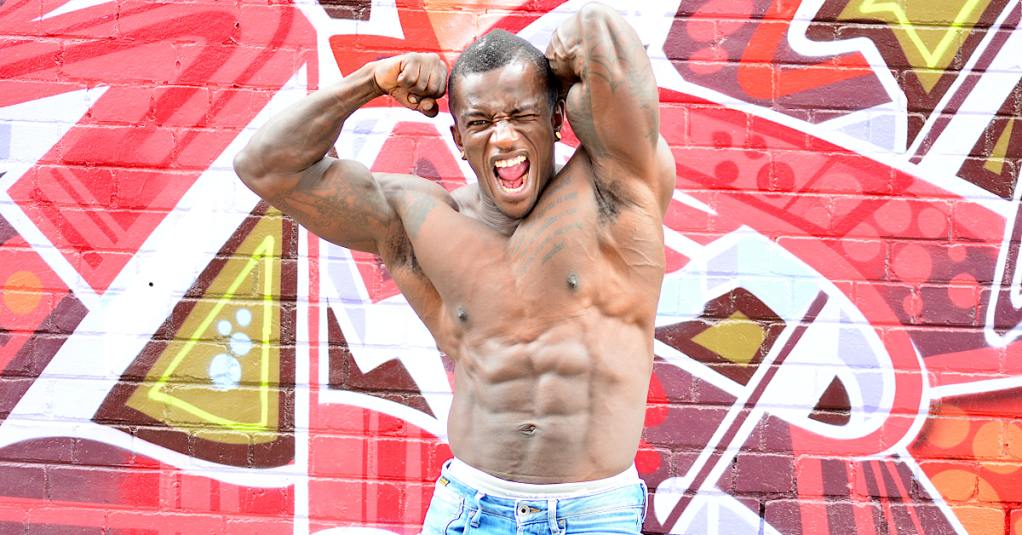

Soreness is not a sign of a good workout. In fact, it can sometimes be an indication of a bad training plan.
What’s your goal when you walk into the gym? If it’s to make yourself sore, you’re doing it wrong. Working out to get sore is an inefficient way to build muscle or increase performance.
Delayed onset muscle soreness (DOMS) should not be the desired result of training. Getting bigger and/or stronger should be.

Marathons cause the opposite of gains….losses
(Photo by Zac Ong on Unsplash)
Soreness is not necessary for muscles to grow
Muscle soreness is a function of waste accumulating in your muscles, and does not relate to actual muscle growth directly. DOMS is often believed to be the result of lactic acid building up in the muscle, but this is not true. Lactic acid leaves the muscles within a few hours of working out and does not explain the feeling of soreness 24 to 72 hours after a workout.
Exercise that produces growth of muscles, also known as GAINZ, such as lifting, is typically associated with soreness, but aerobic endurance exercise such as running a marathon can also produce significant soreness with no gains in muscle size. Just ask any Kenyan runner what size skinny jeans they wear, and you’ll learn everything you need to know about distance running and #assgainz.
On the other hand, bodybuilders are able to increase mass in all muscles, not just muscles that are prone to DOMS. They talk about how certain muscles almost always get sore, while others nearly never do. Nevertheless, there is marked growth in all their muscles. This fact further discredits the idea that you need to be sore the day after a workout in order to have initiated growth.

Kryptonians don’t get sore. If you’re from krypton, you can stop reading now.
Fewer workouts equal less gains
The pain caused by muscle soreness isn’t even the worst side effect. What happens to your follow-on workouts is. You shrivel into non-existence like Benjamin Button.
Not actually, but you will feel like your muscles are eating themselves from missed workouts.
Increased DOMS decreases the frequency of your workouts, which reduces overall total volume, which allows for less growth. In other words, when you’re sore, you want to rest, not workout.
Most normal people are averse to pain of any kind, unlike the masochists that tend to join the military. If the first workout back in the gym causes extreme soreness, the chances of getting back in the gym are slim. Not only is soreness not physically beneficial but it is also mentally detrimental.

One workout a week will make you so weak even pickles will beat you.
Let’s make the assumption you aren’t a mental midget, and a little soreness won’t keep you out of the gym. Even if you make it in the door, your ability to workout will be negatively affected by the soreness you caused yesterday. Some studies have shown that exercise form breaks down from soreness, which then leads to reduced muscle activation and fewer gains.
Fewer gains over time kills motivation. If your goal is to get bigger, but you still look like your little brother after months in the gym, you will be less likely to adhere to your plan and more likely to stop going altogether.
No one has gotten bigger on one workout a week. I often see people trying to get by on this model. They workout on Monday, are sore till Thursday, Friday is time to party, and the weekend is time to “rest.” Before you know it, Monday rolls around, and you’ve only trained one out of seven days.
Frequency is a major factor in getting in better shape. The minimum frequency for most people is two to three days a week. Excessive DOMS destroys this template.

Having a plan is the best way to guarantee gainz and limit soreness.
(Photo by Hope House Press – Leather Diary Studio on Unsplash)
How to prevent DOMS in the first place.
High levels of soreness are detrimental to overall progress in the gym. Here’s what you can do to prevent it in the first place.
- Keep a high frequency of weekly workouts, where your total weekly number of sets and reps is spread out, instead of all on one day.
- Only change your exercise selection when your current exercises stop making you stronger. Forget the idea of “muscle confusion”; it’s complete BS and will make you more sore than is necessary for growth. Each week try to lift 2.5-5 more lbs than you did last week. Once you can’t do that anymore, choose new exercises.
- Exercising to failure every set of every exercise will cause soreness but will not necessarily cause more growth than if you stop 1-2 reps short of failure. Lift smarter: at 80-90% of your max weight, you will get the same gains you would at 100% AND will guarantee that you can get in the gym tomorrow instead of being too sore to sh*t right.

